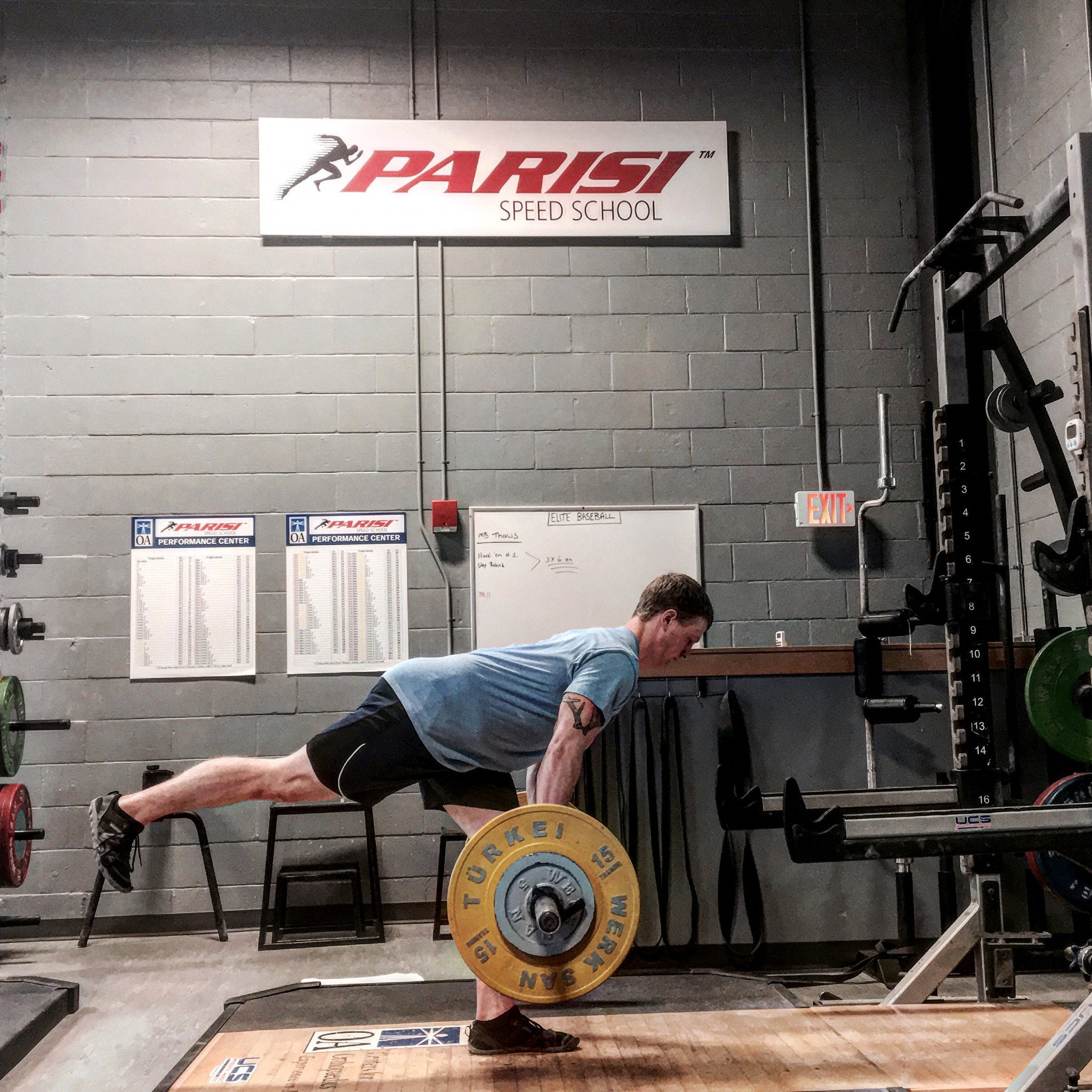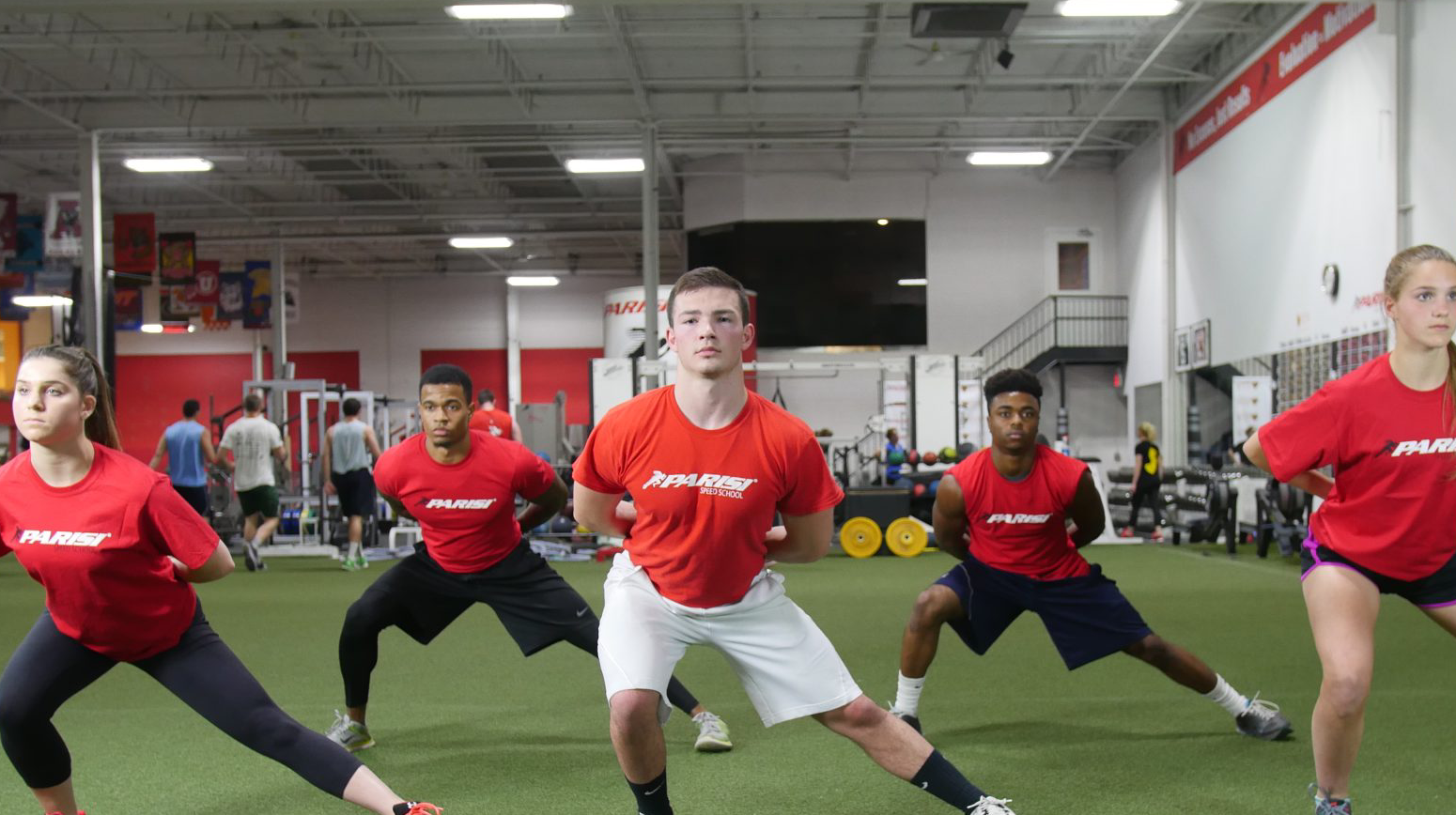
Why is single leg work so important, and why do so many athletes overlook these exercises? A lot of athletes and lifters don’t care for accessory lifts because all they want to do is deadlift, squat, or bench the most amount of weight possible. This is where athletes end up getting hurt, because they are only training one plain of motion, and not recruiting the small muscles that are just as important. Some may think that single leg work is just for the athletes that have terrible coordination or balance, but this is not true. Single leg exercises engage a lot of the smaller muscle groups such as the abductors, gluteus medius, and much more in ways that the two legged exercises can’t. By recruiting these smaller muscles you end up with a more balanced growth and development in the lower body, improved proprioception, and greater overall muscle recruitment. There is also an argument to be made that single leg training has more carryover to sports than your typical bilateral exercises. How many times in sports do you set yourself, brace, and pick something up off the ground? Almost never, so why train only the bilateral movement of a deadlift, variations such as DB, KB, or BB single leg RDL’s are a great way to train plains of motion that might actually occur on the field of play. Single leg training may also allow you to train around an injury, if an athlete is having pain on one side of the body there is no reason you can’t continue to train the opposite side as long as it’s in a pain free motion. In doing so you may be able to correct left-right strength and asymmetries.
Coach Harry D Knox III, ATC
